Running a retail store has never been a cakewalk, opening a grocery store is even more challenging.
Business owners and managers must deal with perishable inventory and complicated day-to-day supply challenges. In addition, owners must deal with demanding customers, a younger and relatively inexperienced staff, daunting overhead costs, and so much more.
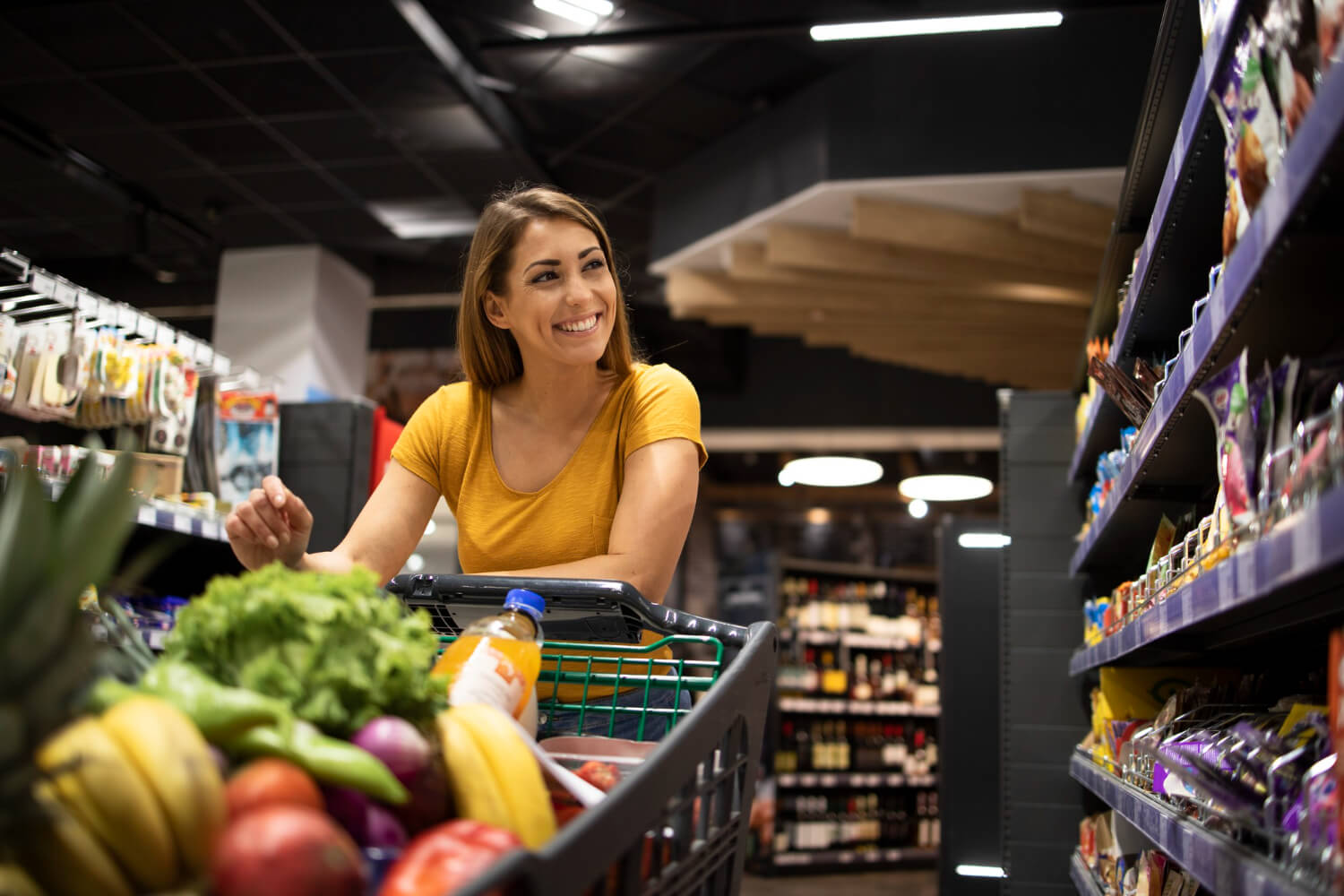
But what makes a good grocery store?
How do you promote and attract customers to grocery stores?
And above all, what strategies do you implement to make your grocery store more profitable?
If you're thinking about opening a grocery store, there are several crucial strategies to consider ensuring success. Check out this article to learn more tips for successfully opening a grocery store, including how a reliable grocery store POS system can streamline your operations and boost efficiency.
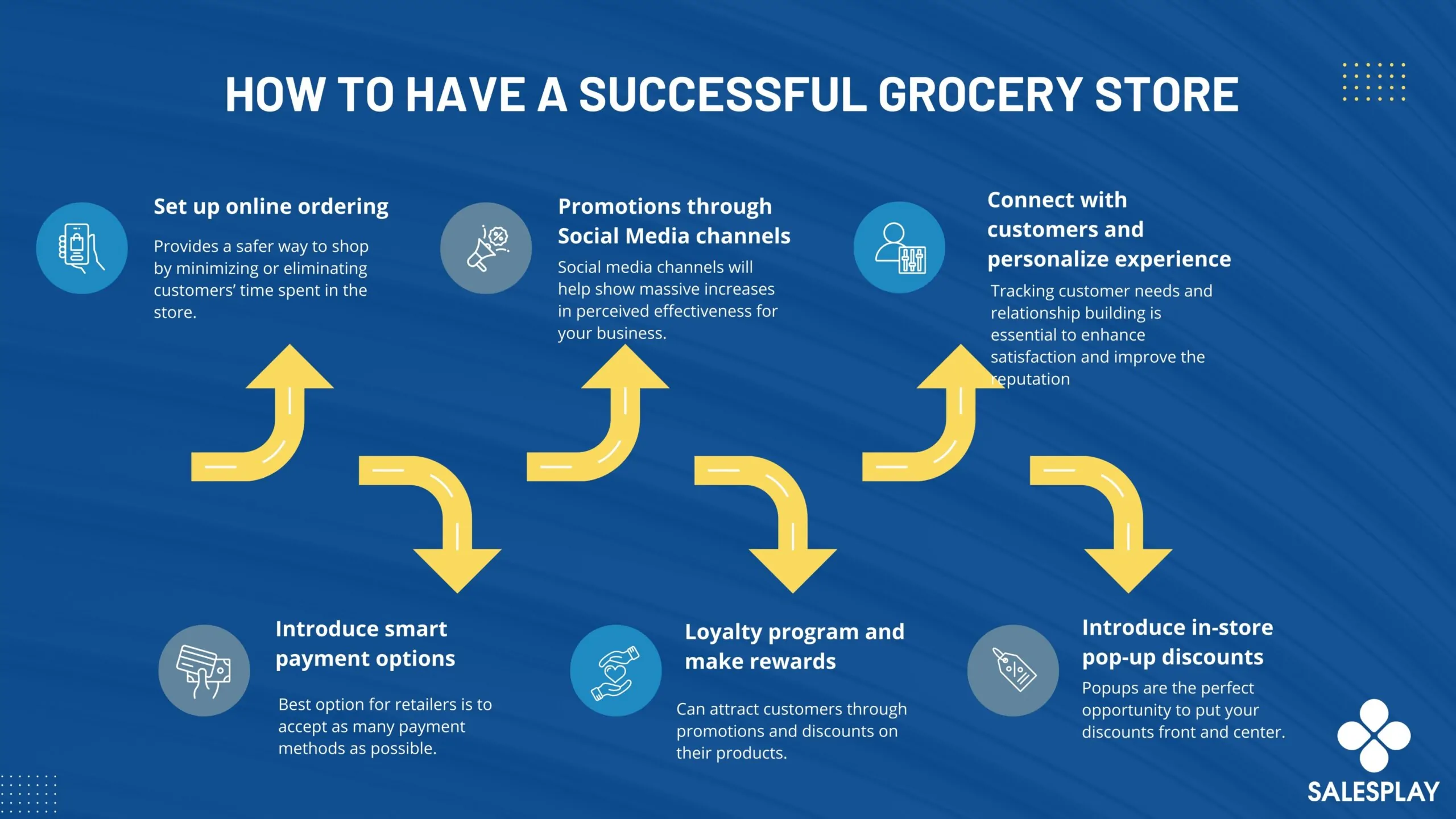
Today Grocery stores are adopting the BOPIS (Buy online, pick up in-store) model to meet customer expectations. This strategy drives in-store foot traffic and connects offline and online experiences.
Especially when coupled with the trend of curbside pickup, BOPIS provides a safer way to shop by minimizing or eliminating customers’ time spent in the store. Online grocery pickup and delivery services showed impressive growth before the pandemic.
Therefore, having a grocery store point of sale system will allow grocers to increasingly implement BOPIS into their grocery strategy.
Discover the BOPIS (buy online, pick up in-store) and revolutionize your shopping experience!
It’s common to accept cash and credit card payments from customers.
But if those are the only payment options you accept, you could be turning away new customers and missing out on opportunities to deepen relationships with existing ones.
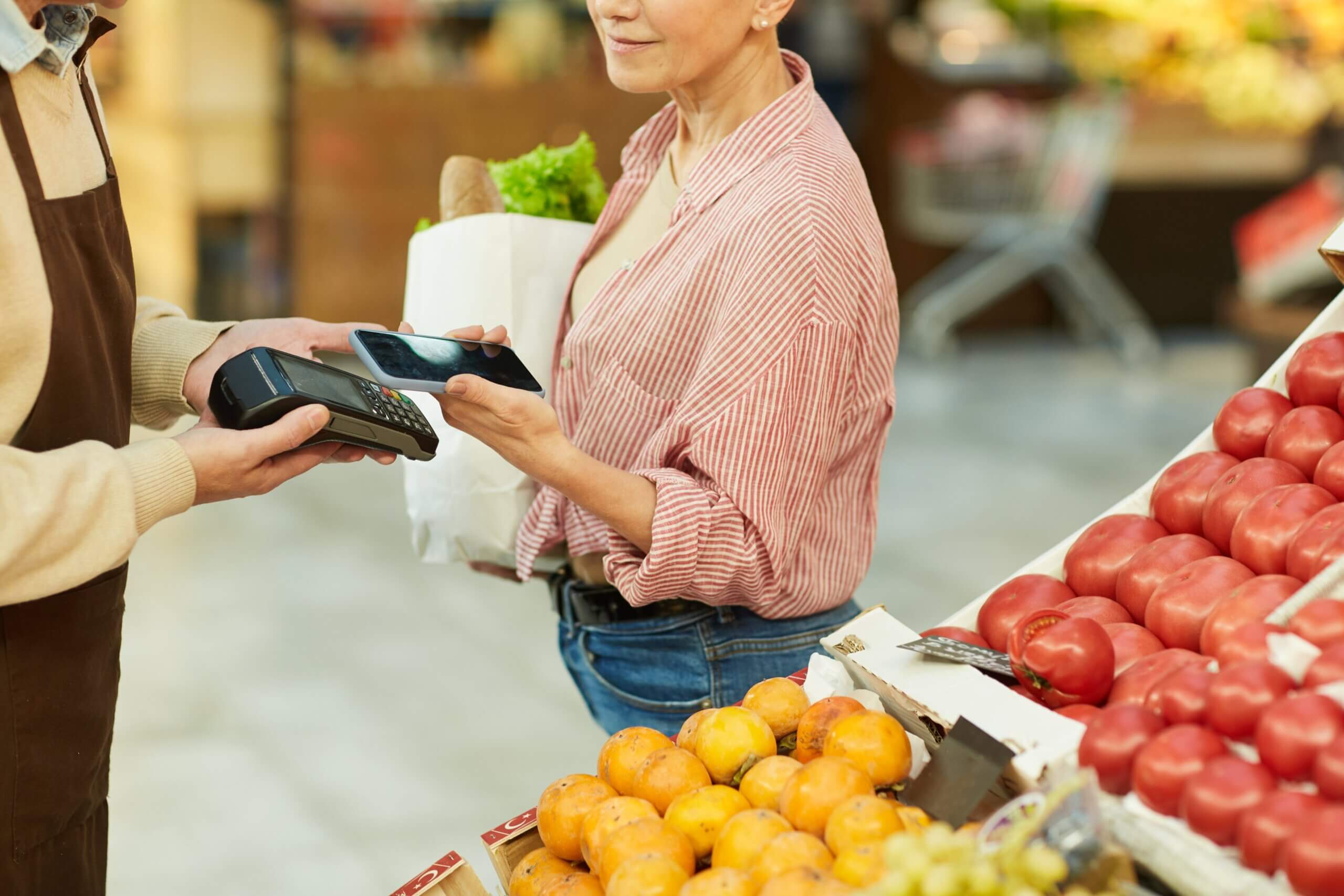
In other words, the best option for grocery stores is to accept as many payment methods as possible.
Here are some popular payment options every grocery store should consider:
Dive into how payment technology is revolutionizing the grocery and supermarket industry for a seamless shopping experience!
Social media is one way to build buzz and attract customers to your new store.
Almost all (91%) retailers use at least two social media channels, so that means there’s a lot of noise and clutter that users have to cut through.
Creative content ideas, strategic paid targeting, and tracking tools can turn social media into a powerful asset, building buzz for your brick-and-mortar store and opening new sales opportunities.
Using platforms like TikTok, Instagram, Facebook, and Snapchat can significantly boost your store’s visibility and customer engagement. These social networks are an increasingly important way to fill your funnel.
Discover effective social media strategies to elevate your grocery store's presence and engage customers!
Grocery businesses can attract customers through promotions and discounts on their products.
In order to do this, you can offer some coupons or special offers via email or mobile devices to provide better value to customers on specific types of products.
If you are looking to implement a customer loyalty program with the use of smart point of sale software, then SalesPlay POS is the way to go.
It allows you to easily schedule pricing plans for products or seasons and also helps with maintaining discounts at check-out, for specific products.
Discover the secrets behind successful loyalty programs.
Most customers say they want service platforms to display content based on their interests.
To achieve this, the Point-of-Sale software analyzes customer behavior and spending patterns, enabling you to tailor offers, discounts, and determine the best times to promote products customers love.
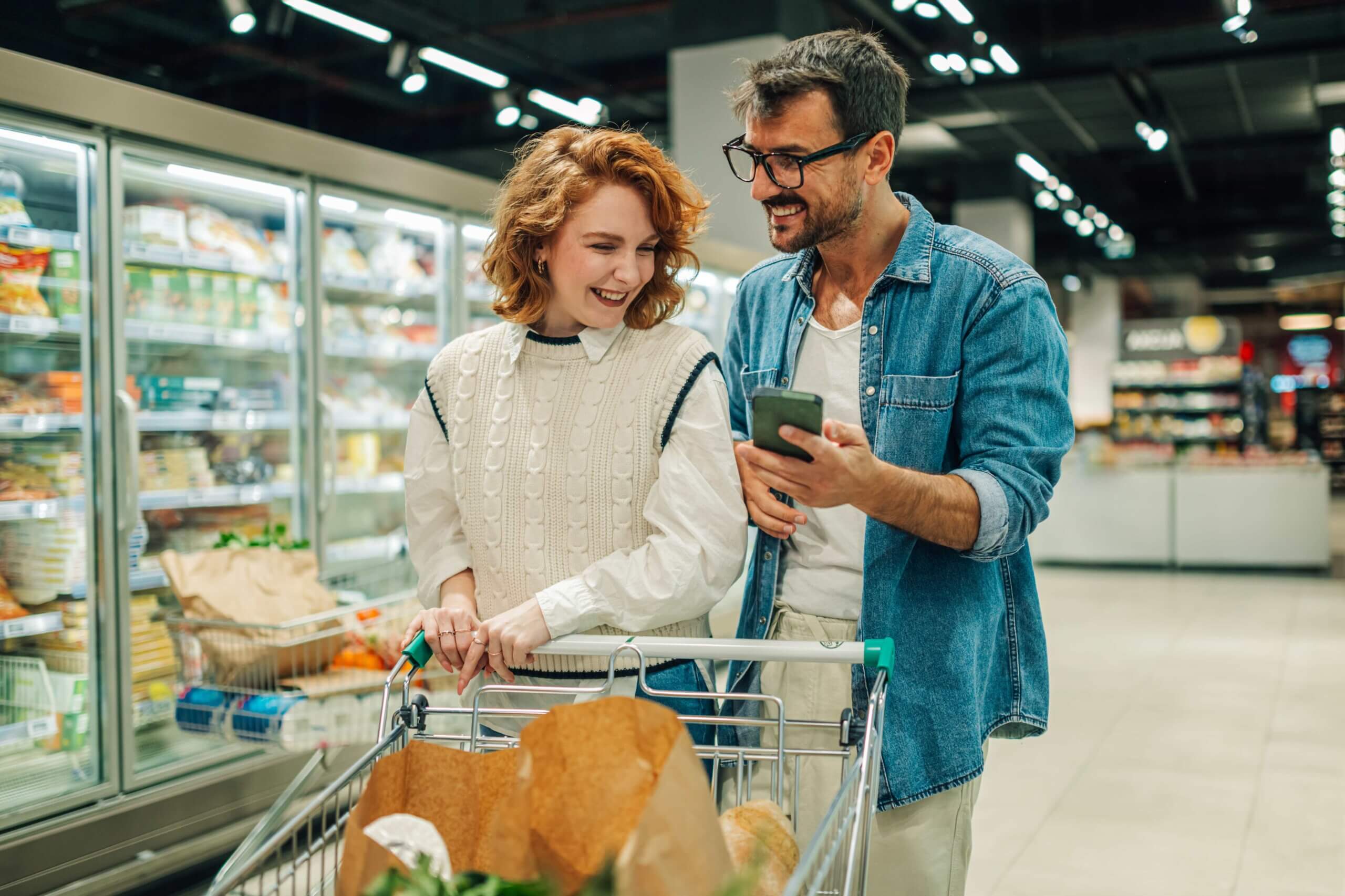
You can recommend products based on customers’ searches, making their shopping experience more personalized and engaging. That way, they feel seen, which will improve their loyalty to your store.
In order to succeed in such an industry, tracking customer needs and relationship building is essential to enhance their satisfaction and improve the reputation of the business.
Dive into the Future of Grocery Shopping: Unlocking the Power of a Hyper-Personalized Experience!
Rather than forcing potential buyers to scramble for a deal, popups are the perfect opportunity to put your discounts front and center.
In-store advertising refers to marketing with promotional counters, posters, pull-up banners, floor graphics, etc., to customers when they are inside a brick-and-mortar business.
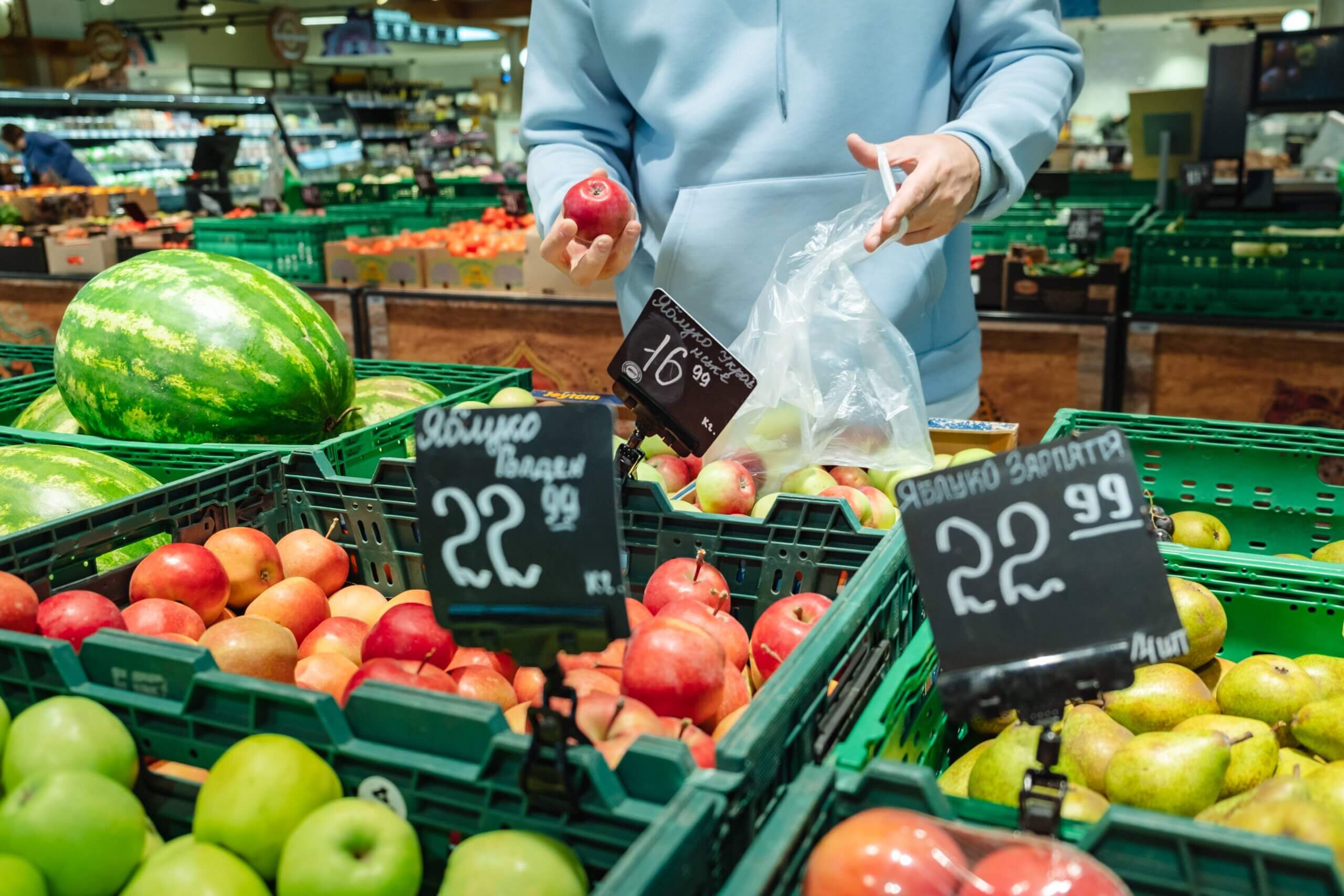
People walk into a store with a few specific items in mind; the goal of in-store advertising is to persuade these customers to buy more with well-planned in-store marketing.
Discover how pop-up grocers are revolutionizing product discovery and creating exciting shopping experiences.
Discover how to effortlessly create and use multiple payment methods in grocery stores with SalesPlay POS for streamlined transactions!
Discover how SalesPlay POS makes syncing offline receipts effortless for seamless business operations in grocery store!
Dive deeper into SalesPlay POS: unlock features that transform your business!
There is no one-size-fits-all strategy for starting a grocery store.
Every store owner or manager is different. Take time to reflect on your unique goals and vision. What works for one store may not work for you.
However, we hope that our article will help you open a grocery store and have a successful grocery store that aligns with your respective business goals.
Overall, be open to change. As time passes, your grocery store will most likely outgrow your business model.
Best of Luck!
Owning a grocery store can be profitable, but success depends on location, management, and customer loyalty. Grocery stores typically operate with slim profit margins—usually between 1-3%. However, consistent sales and high-volume traffic make up for these low margins.
The key to profitability lies in offering products customers love, competitive pricing, and efficient inventory management for target markets. Adding unique services, like delivery or organic options, can also boost profits.
Small, community-focused stores often do well by building strong relationships with customers. Meanwhile, larger supermarkets benefit from economies of scale.
Opening a local grocery store can cost anywhere between $50,000 to $250,000, depending on size and location. Smaller stores with basic setups are less expensive, while larger ones with specialized inventory will need bigger budgets.
Key costs include rent or property purchase, which can vary widely, equipment like shelves and refrigerators, and initial inventory. For example, expect to spend around $5,000 to $10,000 on basic shelving and fixtures. Refrigeration units alone can range from $2,000 to $10,000 per unit.
Don’t forget licenses and permits, which might cost a few hundred dollars to several thousand, and marketing expenses for that grand opening buzz. Also, having a cushion for employee wages and unexpected costs is a smart move.
Starting small and scaling up as your customer base grows is a great way to keep costs manageable. It's an investment, but with the right planning, it can be rewarding!
Grocery store owners wear many hats, from managing inventory and pricing to keeping shelves stocked and customers happy. Every day brings something new—sometimes it's a sale rush, other times a surprise delivery mix-up.
You'll need sharp budgeting skills, as profits can be slim with high operating costs. Staying ahead of trends, like eco-friendly products or local produce, adds an extra layer of complexity. And don’t forget staffing! Hiring and training reliable employees can feel like finding the perfect avocado—not too soft, not too firm.
Despite the challenges, it’s rewarding to create a community hub where people shop for essentials. A little creativity, patience, and a sense of humor go a long way in this dynamic business. If you’re ready to roll with the punches, it’s worth the effort!